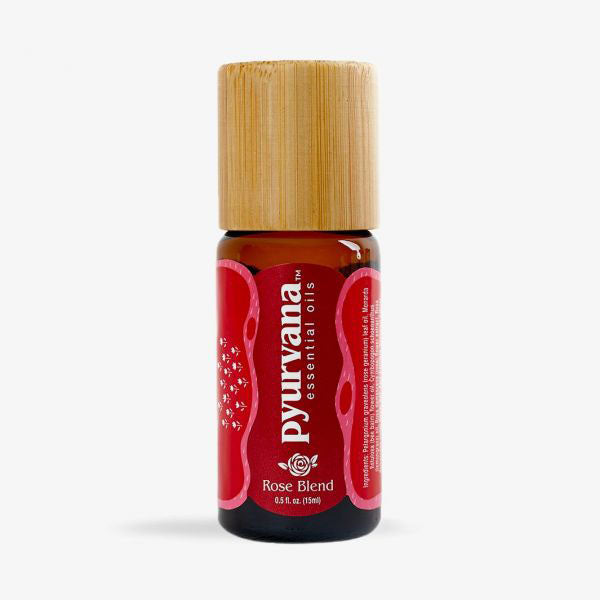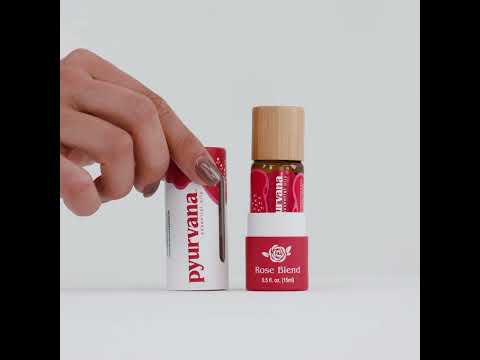Rose Oil Blend – 15ml
Rose Oil Blend – 15ml
Couldn't load pickup availability
Rose oil has a beautiful floral scent and is excellent for skin care and other beauty-related applications. We offer a Rose Absolute blend so you can enjoy the beautiful aroma and many benefits without the high price associated with 100% pure rose oil.
More Information

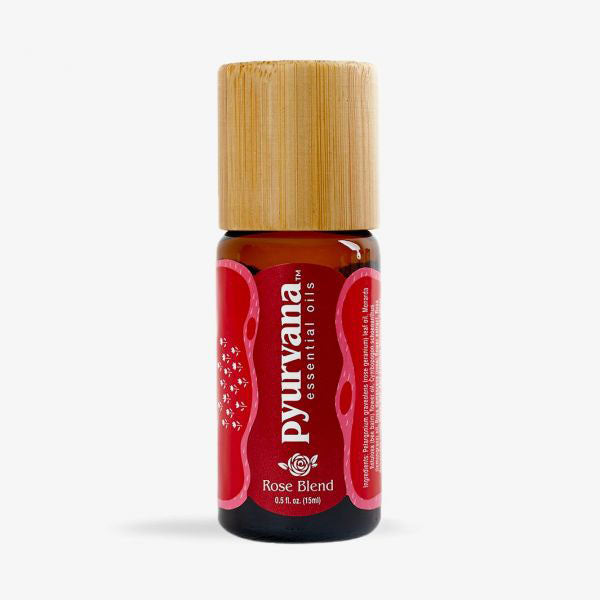
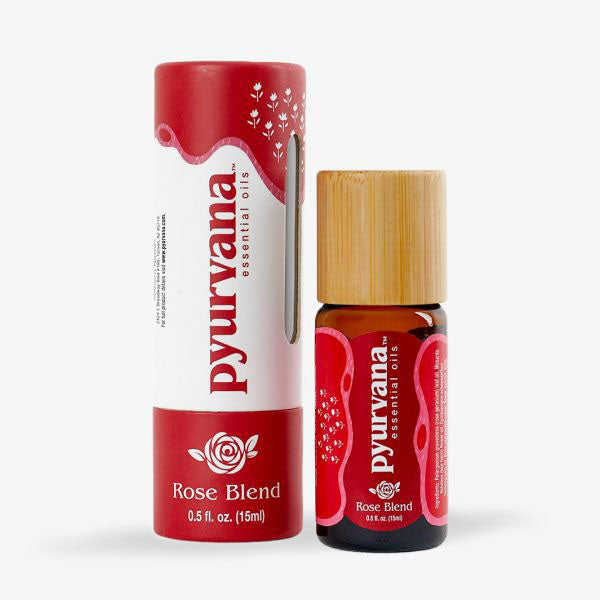
Note:
This blend is Rose Absolute oil as opposed to Rose Otto, meaning that it is a mix of different floral scents that closely match the aroma of pure rose oil. This allows us to provide you with a high-quality oil for a more reasonable price.
Ingredients
Pelargonium graveolens (rose geranium) leaf oil, Monarda fistulosa (bee balm) flower oil, Cymbopogon schoenanthus (lemongrass) oil, Rosa damascena (rose) flower extract, Rosa damascena (rose) flower wax, Apis mellifera (beeswax) extract
What is Rose Oil?
Although you may hear people refer to “rose” as one specific type of plant, the genus Rosa contains over three hundred species. The variety of rose that is used to make most rose oils is the Rosa damascena, more commonly known as the Damask rose or rose of Castille. This beautiful pink flower is primarily associated with the city of Damascus, Syria. However, it is cultivated throughout the Middle East.
In addition to Rosa damascena extract, our rose oil blend contains oils from a variety of flowers with rosy scents. The most prominent is Pelargonium graveolens, a type of geranium. This is not an actual rose, but it is commonly referred to as rose geranium because its scent is very similar to flowers in the Rosa genus. Other plants in this blend include Monarda fistulosa (wild bergamot or bee balm) and Cymbopogon schoenanthus (lemongrass).
Rose oil is sometimes called the “Queen of Oils” or “the finest oil in the world.” This essential oil has been distilled for hundreds of years. The story of its discovery is that when the Taj Mahal was being built, the groundskeeper filled the canal’s water with rose petals. The hot sun caused the oil to separate from the flower petals and float on top of the water. Shah Jahan, the emperor who built the Taj Mahal, was rowing through the canal with his wife and noticed the beautiful scent. He had the oil skimmed from the surface of the water and used it for a perfume, thus beginning the practice of distilling rose oil.
The process of extracting essential oil from rose petals requires a great deal of time and labor. First, the petals must be harvested from Damask roses. This must be completed before sunrise and the oil has to be distilled within the same day to prevent any degradation of the volatile scent compounds. On average, 60,000 roses produce only one ounce of oil. As a result, the price tends to be very high. Our rose oil blend contains a portion of true rose oil, along with similar-scented oils. We ensure that the resulting blend is of the highest quality while still being affordably priced.
Complementary Scents
This rose blend pairs well with other floral oils such as ylang ylang or lavender. It also brings out the sweetness in citrus scents including orange, lime, lemon, bergamot, and grapefruit. Mixing it with spicy or woody oils can create a delightful contrast. Some options for this include cinnamon, frankincense, or patchouli.
Primary Benefits
Rose essential oil is often an ingredient in beauty products and it has significant beauty and anti-aging benefits for your skin. It can smooth the texture of your skin’s surface, reduce redness, minimize imperfections, and moisturize. Rose oil also contains antioxidants and vitamins that nourish your skin. Our rose blend is not 100% essential oil, but dilution is still a good precaution to reduce the risk of sensitivity. You can also add a few drops of the oil to your moisturizer or lotion to enjoy its floral scent and benefits.
The scent of rose can help create a romantic atmosphere. This makes it a perfect ingredient for massage oil. You can also try adding this essential oil to your bath. To do this, make sure to dilute the oil first, then add the diluted rose oil to your warm bathwater. Bath salts act as a natural emulsifier, so adding some of these to your bath can help the oil mix with the water more thoroughly.
In aromatherapy, the scent of rose is thought to be calming and can help you unwind. It helps to relax both your mind and body. This makes it a great choice to diffuse during meditation or any time that you want to create a positive and soothing atmosphere.
How to Use Rose Essential Oil
To diffuse this oil, simply add a few drops to your diffuser. Make sure to follow the instructions for your specific unit and do not add too much oil, as this can result in an overpowering scent. You should also limit diffusion to a few hours at a time to avoid overexposure or damage to your diffuser.
Although our rose oil blend is partially diluted, we recommend only using it with a carrier oil for topical use. This both allows you to get more use out of the blend and can help prevent adverse reactions to any of the concentrated oils contained in the mix. Use three drops of oil to one teaspoon of carrier oil for massages and three drops of oil in four teaspoons of carrier for any facial applications.
Cautions
We recommend diluting our rose oil blend to reduce the risk of skin sensitivity. Since allergies are possible, you should also test the diluted oil on a smaller area before applying the oil more widely. If you notice any adverse reaction, stop use immediately and seek medical attention.
Keep out of reach of children.
If you are pregnant, nursing, or under the care of a physician, consult your health care provider before using rose or any other essential oil.
This essential oil is for external use only and should not be ingested. This is especially important for rose oil as ingesting it can lead to nausea, vomiting, shortness of breath, confusion, dizziness, and even coma. If you or someone else has ingested rose oil, call a poison control center or your local emergency response number.
Pure essential oils are flammable and should be stored in a cool, dry location away from any open flames or excess heat.
What's Trending
-
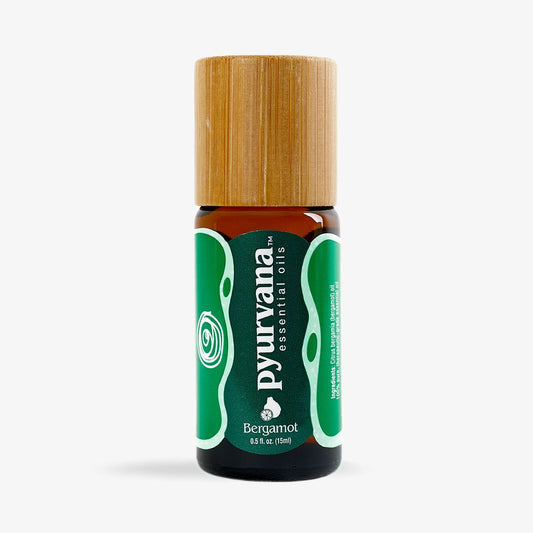 30%
30%
OFFBergamot Oil – 15ml
Regular price $16.10Regular priceUnit price / per$23.00Sale price $16.10Sale -
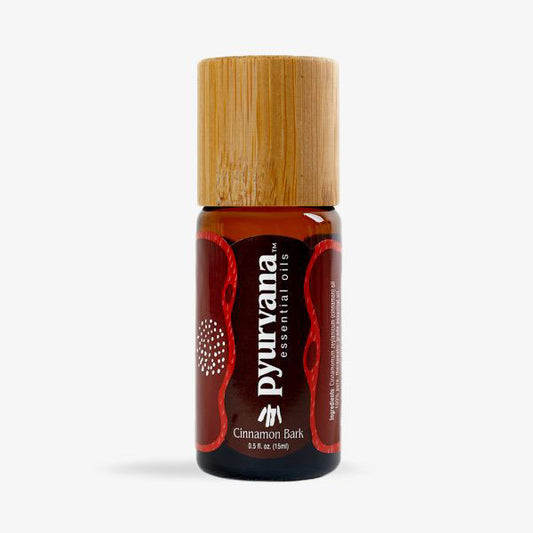 30%
30%
OFFCinnamon Oil (Bark) – 15ml
Regular price $14.00Regular priceUnit price / per$20.00Sale price $14.00Sale -
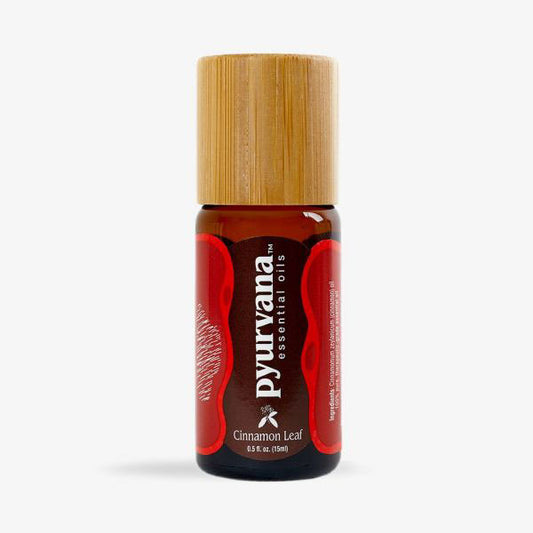 30%
30%
OFFCinnamon Oil (Leaf) – 15ml
Regular price $16.80Regular priceUnit price / per$24.00Sale price $16.80Sale -
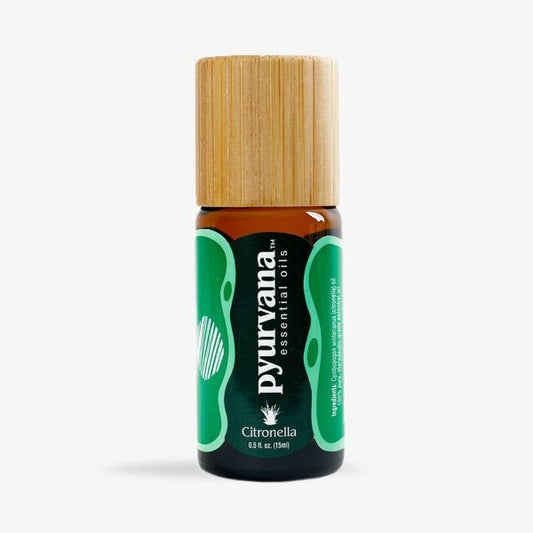 30%
30%
OFFCitronella Oil – 15ml
Regular price $10.50Regular priceUnit price / per$15.00Sale price $10.50Sale -
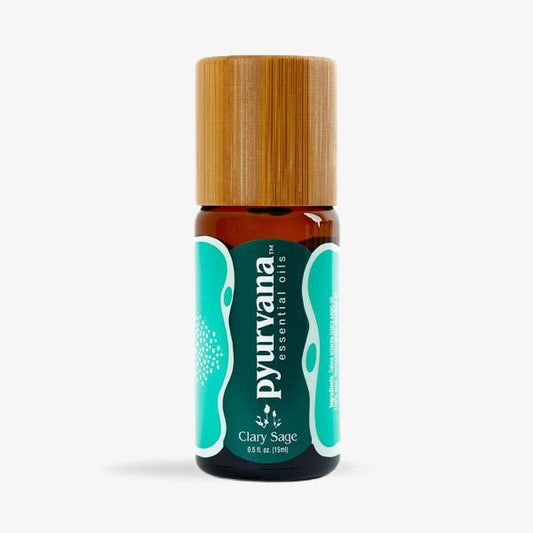 30%
30%
OFFClary Sage Oil – 15ml
Regular price $21.00Regular priceUnit price / per$30.00Sale price $21.00Sale

